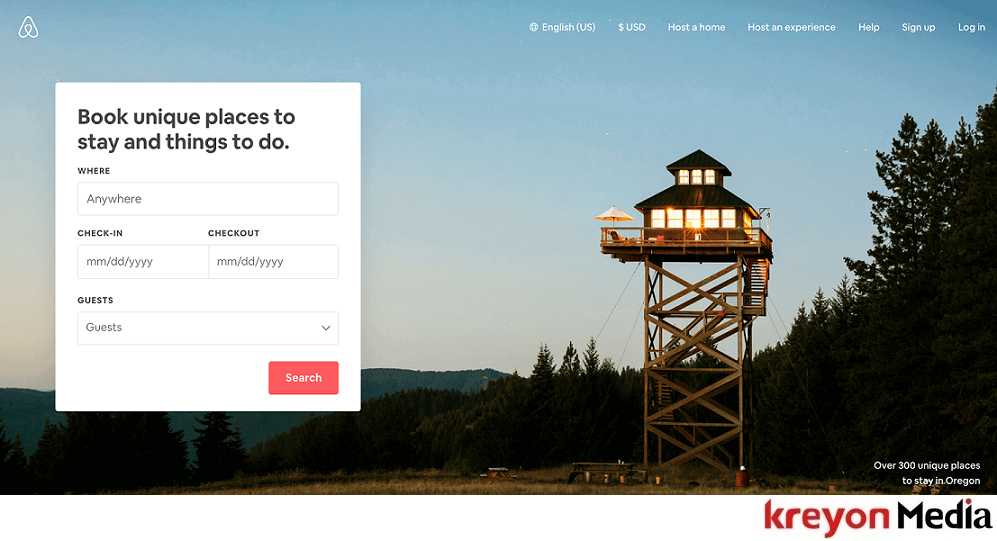
Innovative Growth hacking ideas are ways to creatively differentiate your business to gain more customers at a rapid pace. With the world changing the way it did in 2020, many businesses are looking to adopt creative ideas to reach their customers faster using digital technologies. Growth hacking strategies are employed by most of the successful businesses that operate digitally.
The exponential rise in adoption with increasing popularity of platforms like Slack, Dropbox & Uber etc. can be attributed to creative growth hacking ideas. These ideas are at the heart of building products that go viral and where users are incentivised for sharing and bringing other users on-board. Growth hacking is a super effective way to multiply your reach and grow your customer base with exponential returns. Here’s a look at 7 innovative growth hacking ideas for building your business:
1. Pre Launch Target
Growth hacking starts with defining an audience for your idea. Who needs to try your product or service? Who is your customer? Once you define your customer, think about where your customers hang out.
Build an email list, gather facebook profiles, Online directories, Youtube channel subscribers etc for your business. A pre launch list will help you create a tailored message that you can communicate to your audience.
i) Highlight the value proposition in one line for your customers & why they should try
ii) Provide a way for your target audience to try your product or service
iii) Incentivise them for sharing your products and service with others.
iv) Call to action is the key. Get them to register and try out things. Make this bold, large and actionable.
2. Existing Platforms

One of the ways you can acquire a large user base is to tap into the existing networks. Airbnb famously developed a growth hacking strategy that helped them build users on its platform from Craigslist.
When Airbnb was launched, it developed a creative website that displayed the rental options for users with high quality photographs. They employed a hack where every listing that was created on Airbnb was also listed on Craigslist.
The catch was that Cragslist wasn’t as well designed as Airbnb. But it had a much larger user base. So, when users searched Craigslist for rental options, they could see rental options from Airbnb with links etc. They invariably tried Airbnb and found it much more to their liking than Craigslist. This simple strategy helped Airbnb develop its initial user base with success and helped them reach more users.
The idea of integrating your product or service with an existing platform with a bigger user base can be done in thoughtful and creative ways. Think about the biggest networks used by your customers and how you can creatively tap them.
Your growth hacking option could be a strategic collaboration with a partner. For e.g. if an existing platform can promote your product or service to its user base, you could offer a commission for every sign-up or sale.
3. Incentivise Customers
When customers use your products, incentivise them. Make every interaction with your product meaningful for the users. For e.g. when Facebook was launched initially, it had developed an algorithm, which helped with friend recommendations. These friend recommendations were tailored to build a fast network for its users and lure them with feeds they’re interested in.
LinkedIn uses a similar strategy for building a professional network. It also provides options for endorsements and recommendations etc. This gamification essentially provides a reward for using the product to the customers. Dropbox used a strategy where once the user’s free storage expired, they could add extra storage by referring friends who signed-up on Dropbox.
Viral products and companies reward its customers. Remember the network chain marketing companies like Tupperware. They built their network by adding more people and rewarding people with larger networks who joined them.
4. Personalisation & Recommendations

Every consumer loves a platform tailored to his needs & choices. The growth of Netflix as the preferred video streaming service has a lot to do with the recommendations and personalisation based on user demographics.
When users create an account on your product or service, do they get personalised options? The recommendations and choices can make a big difference. Twitter adopted this approach for sharing the twitter accounts that users can follow. When the users follow the twitter accounts of influencers, they get recommended feeds and content to their liking.
Youtube also has a powerful recommendation engine. It suggests content based on the user’s history and interests. It also provides intuitive sharing options for users to upload new videos and share them with in their networks.
5. Leverage Communities
Growth hacking ideas are based on leveraging communities that have similar shared interests. These communities could be social groups that go out for cycling, tracking, tech events or virtual groups on social media.
The communities have people with shared hobbies. It makes tapping into their interests easier by sending a message that appeals to the members. Uber built its initial user base by tapping into the tech community. The Uber team went to tech events and offered free rides to users who were attending. The service was used by people who liked it and shared their experience with others. They did this initially in San Francisco and replicated their success to other cities.
Communities provide feedback groups to companies for trying out their products and services. When users share their experience with each other, it adds credibility and increases adoption of your product or service. Social proof is a great way to enhance value for your business.
6. Use Scarcity or limited Offers

Products with a scarce availability are grabbed quickly by the users. When organisations offer a limited time window for trying products or a trial by referral, it can help attract quality customers.
This strategy was adopted by Gmail for introducing its email to customers. Only users with existing accounts could invite new users on the Gmail platform. This soon became a marketing tactic and Google employed this tactic to create an enormous interest for its email service.
Scarcity can be a great resource when you are offering a product or service to a customer’s need.
7. Complementary Content & Services
Many companies have been able to leverage the digital content for building a powerful brand. One Dollar Shave Club is an online subscription service for razors and male grooming products. The startup was able to build on its brand on the back of a funny viral video. The company has since then created a string of popular videos and funny viral marketing strategies to popularise its subscription services.
A large number of startups are investing in creating high quality content for their users. Mail Online is the world’s second most popular news website behind New York Times. It has been able to achieve high sales for its business without affecting its newspaper sales. It offers a wide range of content mix on its website. The online content generates money from click baits and ads. By offering complementary products and services, companies are able to achieve brand recognition and improve sales for their business.







